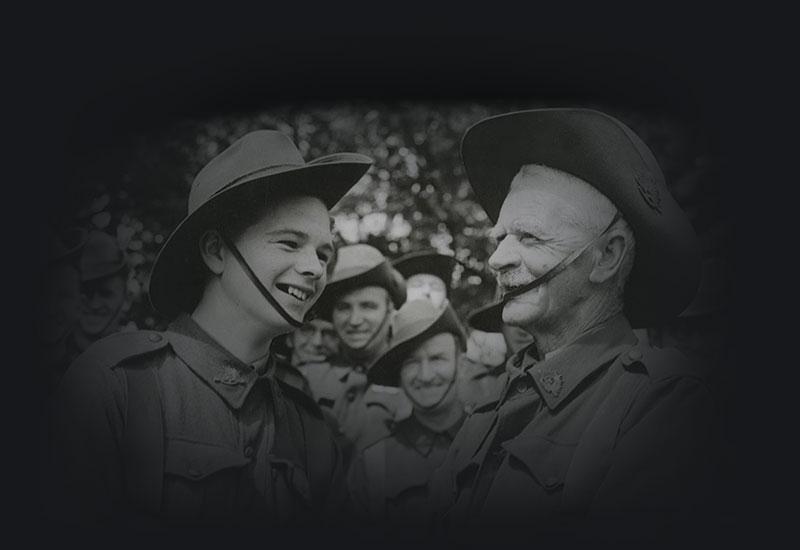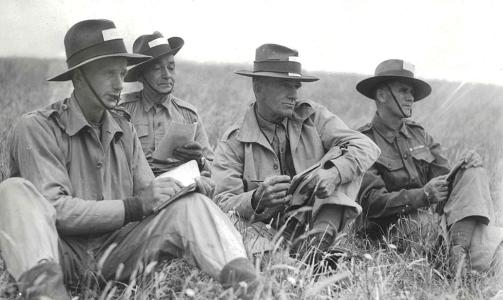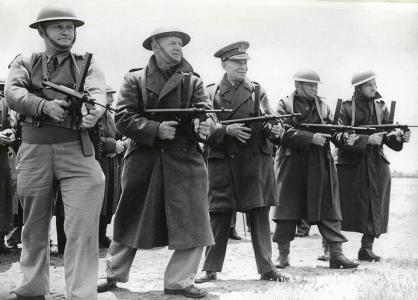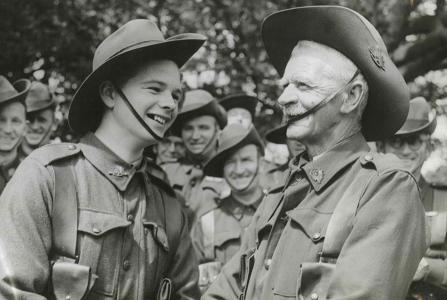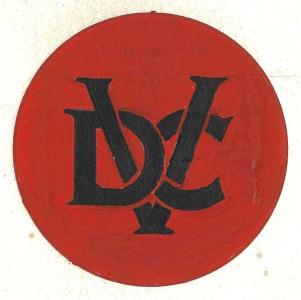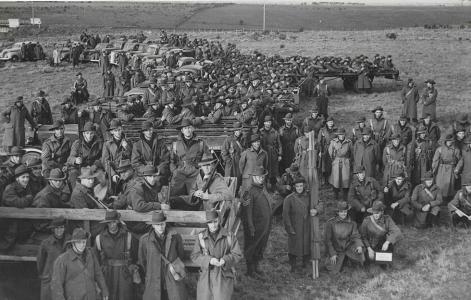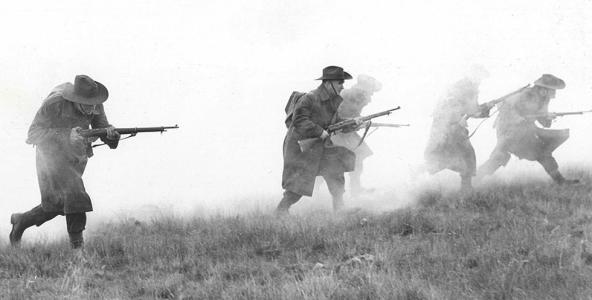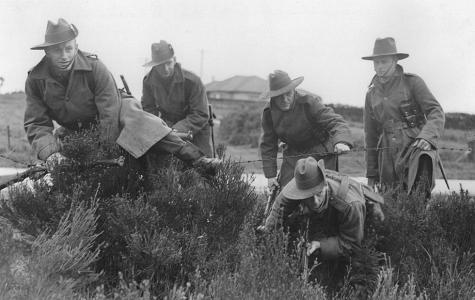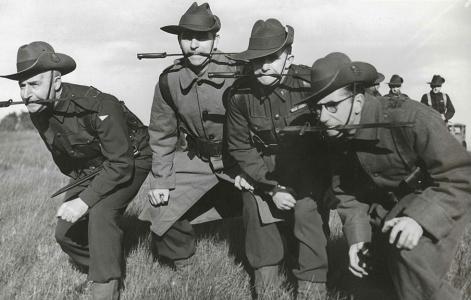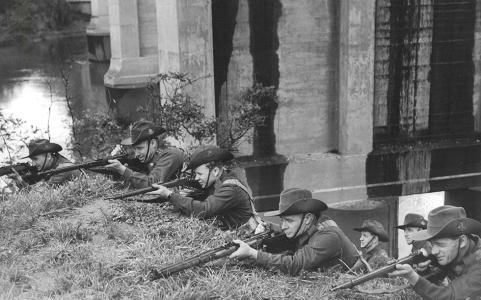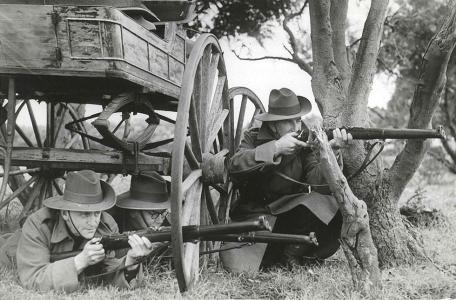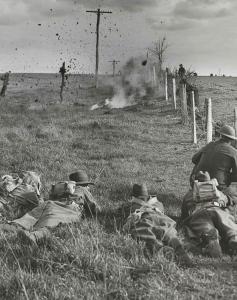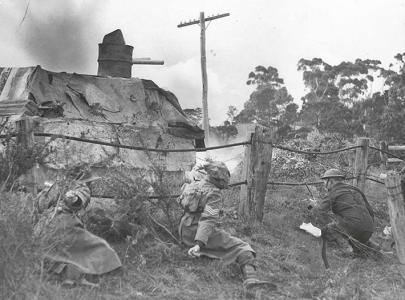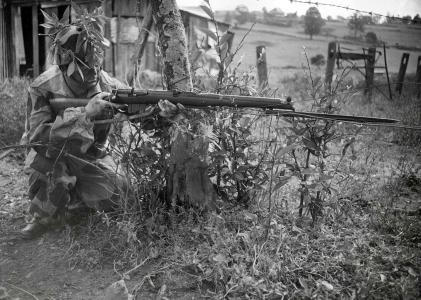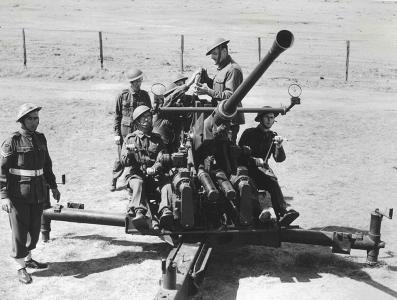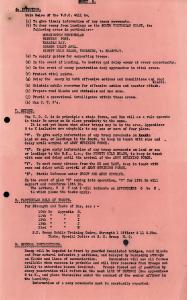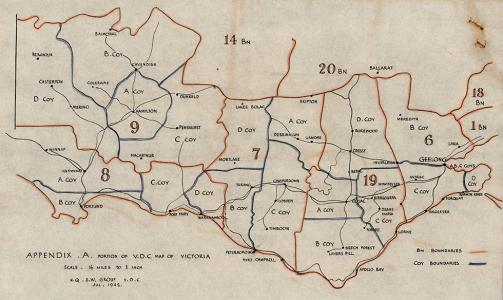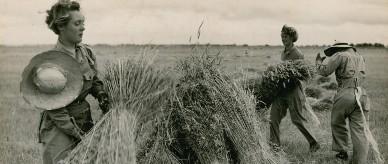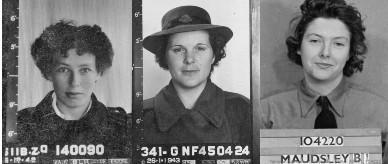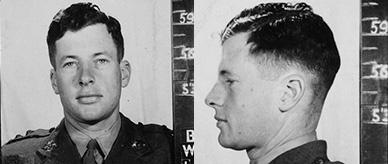Preparing for invasion
In the dark days of early 1942, Allied defences north of Australia rapidly collapsed in the face of the Japanese onslaught. Over 20,000 Australian troops were captured. With the Japanese expected to soon invade Australia, VDC membership was expanded to include volunteers from the ages of 18 to 60. Farmers, munitions workers and others in 'reserved occupations' were also now eligible to volunteer. People rallied to the call and by June 1942, the VDC had nearly 100,000 members. Most served part-time, doing 4 to 6 hours of training weekly while continuing their normal employment. With resources in short supply, VDC units often had to scrounge for their own equipment locally.
According to secret defence plans, in the event of successful enemy landings, VDC units would use guerilla warfare tactics to 'destroy and delay [the] enemy at every opportunity'. VDC members were to create roadblocks,demolish bridges and piers, attack the enemy's lines of communications and flanks, gather local intelligence, and take part in counterattacks once they could be mounted.

